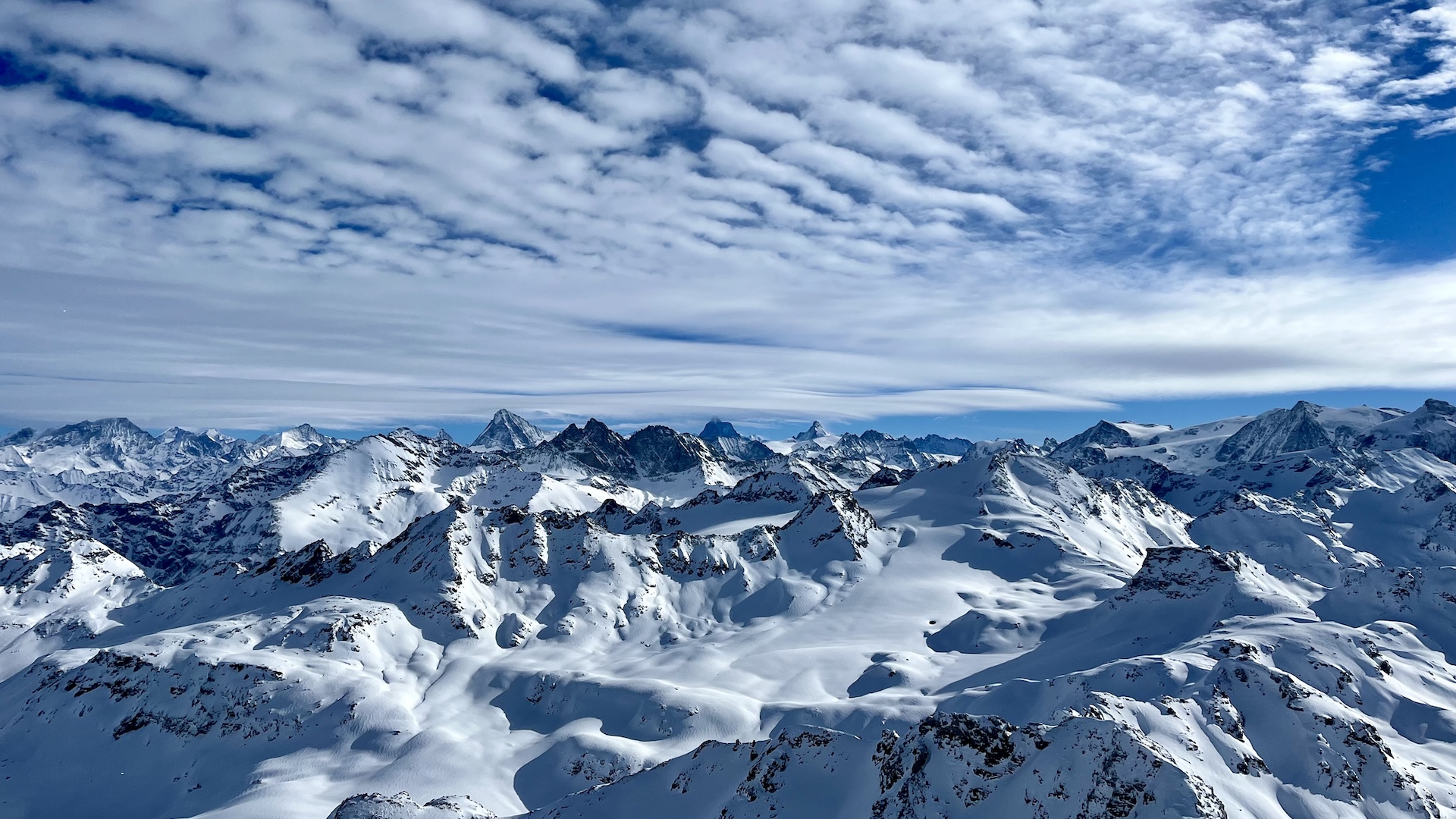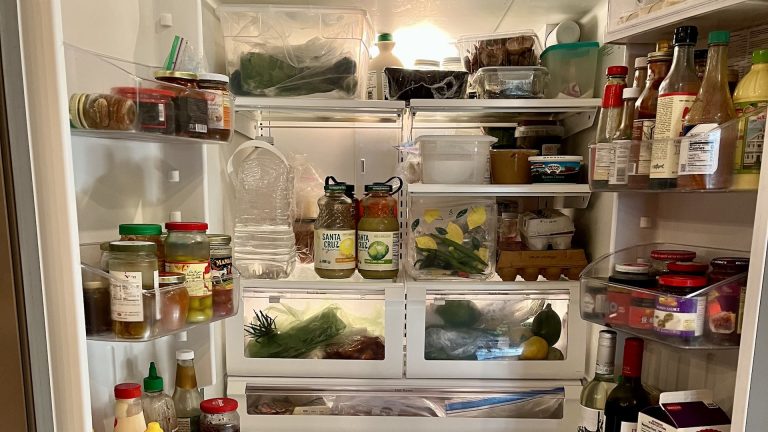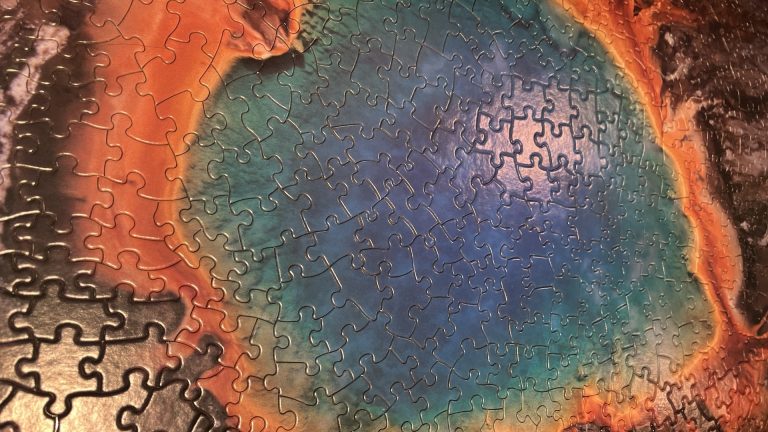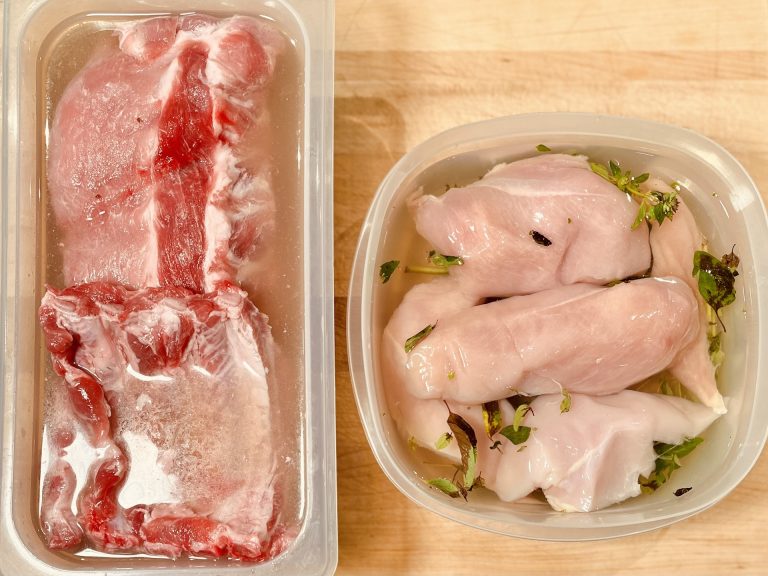The world's most intelligent cooking app
Globally, a majority of people live at a relatively low altitude, with more than 50% living below 650 feet (200 meters). But, here in Bozeman, we’re at ~5,000 feet (1,524 meters) and many of our TasteMatch users in Montana, Colorado and Idaho are similar. Altitude matters in the kitchen, and if you’re reading this, there’s a good chance that you’re in the small (0.14%) of people that live above 5,000 feet, or who have a vacation spot in the mountains. So read on for more about how altitude can effect your cooking.
In a cooking context it’s important to remember that water boils at a lower temperature at higher altitudes due to lower atmospheric pressure. Therefore, unless you’re using a pressure cooker, anything you cook in boiling water will take longer than the recipe or directions state since the water temp will be lower (in our case by nearly 10 degrees at 203°F or 95°C) compared to the sea level temp of 212°F (100°C). Grilling and roasting will be mostly unaffected, as will anything using conductive heat, like sautéing. Baking requires many adjustments; see point 7 at the bottom of the article for a helpful link.
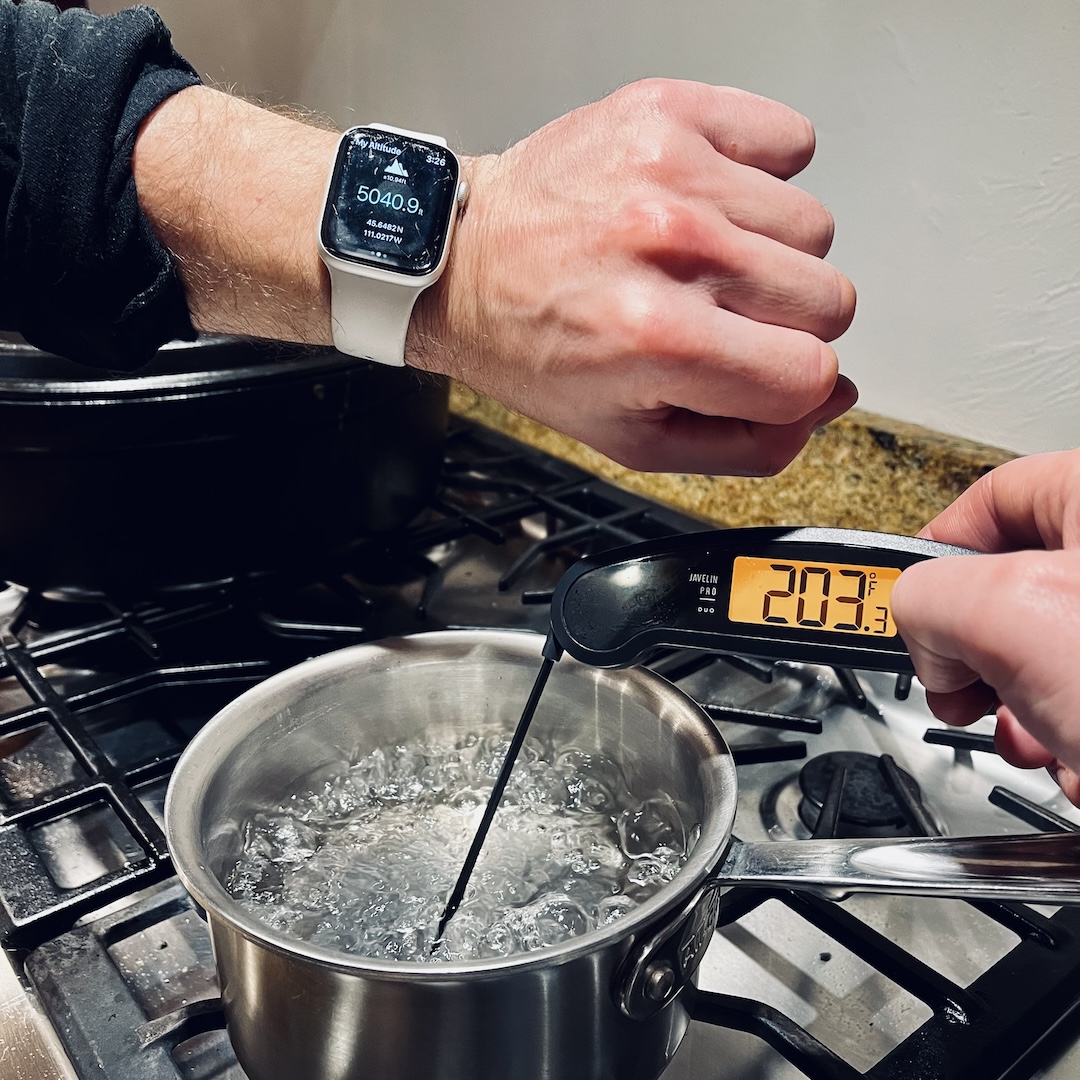
Our interest in boiling water temperature was spurred by a newfound interest in different methods of brewing coffee. We were inspired by TasteMatch user @nana who is, for lack of a better word, obsessed with coffee. Luckily for us, the proper water temperature range for brewing coffee in a French Press is between 195-205°F, so we can just use boiling water @203°F. Those of you at sea level will probably need a temperature controlled kettle.
| Altitude | Water Boil Temp |
|---|---|
| Sea Level | 212°F (100°C) |
| 1,000 ft (305m) | 210°F (99°C) |
| 3,000 ft (914m) | 207°F (97°C) |
| 5,000 ft (1,524m) | 203°F (95°C) |
| 7,000 Ft (2,134m) | 199°F (93°C) |
| 9,000 Ft (2,743m) | 195°F (91°C) |
Our coffee-brewing good fortune is an anomaly. Most package times and recipes are made for sea level. Here’s a list of basic notes for high altitude cooking:
- Water boils faster, but at a lower temp. As you might remember from 4th grade science class, it will not get any hotter than its boiling temperature.
- Boiling eggs will take longer due to the lower water temperature. The duration will vary based on your altitude and method, but it’s significant.
- At 5,000 feet, pasta will take about 15% longer to cook. Rice will also take longer and will require more liquid.
- Braises and stews will take longer, roughly 25% more time at 5,000 feet.
- Candy and jelly making will be significantly affected due to different set points.
- A pressure cooker (or Instant Pot) will negate any altitude-related issues.
- If you’re baking, there are a bunch of adjustments you’ll need to make. King Arthur Baking has a great table of adjustments that you can use as a guide.
You can always use the Ask The Chef feature in TasteMatch for specific altitude adjustment questions. In our experience, that’s been mostly reliable, but we have seen some anomalies, so you may want to double-check if it’s something critical.

